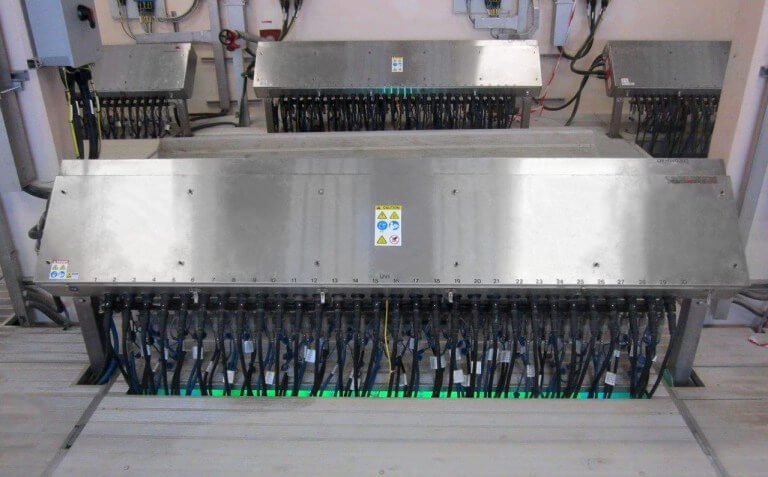Water Reuse Gaining In Arid Regions
Global water scarcity is expected to become a leading cause of regional and national political conflict in the future, and the prognosis for India is no different. With increasing water scarcity and deterioration of water quality, this looming crisis has prompted many governments to seek more efficient uses of water resources and develop interventions to narrow the gap between supply and demand.
Reuse of municipal wastewater is a proven and promising option for developing non-conventional water resources. In India, and most Arab countries, agriculture is by far the main water consumer. For example, about 80% of the total water supply in Tunisia and up to 90% in Syria is used for agricultural irrigation. The reuse of reclaimed (treated) wastewater for irrigation and other purposes would alleviate the water stress and scarcity arid regions face. In fact, it has been argued that the greatest potential for wastewater reuse is through using properly treated wastewater for irrigation purposes, as a substitute for conventional ground and surface water sources.

Aerial rendering of The Doha North Sewerage Treatment Works.
The scarcity of water has motivated the Qatar government to introduce wastewater treatment and reuse as an additional water resource in their national water resource management plan. Representing a major investment by the Qatar Government, construction is in progress for the largest greenfield wastewater treatment, water reuse and sludge treatment plant in the Middle East: The Doha North Sewerage Treatment Works (Doha North STW). This modern facility will feature advanced biological treatment processes, membranes for tertiary treatment and ultraviolet (UV) technology for inactivation to produce high quality reclaimed water for reuse.

The TrojanUV3000Plus UV System at the Doha North STW.
Doha North STW selected the TrojanUV3000Plus® system (instead of chlorine) to treat their municipal wastewater plant effluent to reuse standards. The UV system consists of seven duty UV channels for the current design capacity plus provision for expansion of one additional channel to meet the future peak flow. For the current capacity, 420 UV modules are installed in the duty channels with provision to increase by an additional 120 modules to meet the future flow capacity.
Around the world, municipal UV systems have been installed to reliably inactivate wastewater. These systems are used treat water through microorganism reduction, but they also minimize the operating costs and environmental impact of the treatment process. Countries like India can successfully implement this technology to provide clean, pathogen-free, treated water for agricultural and non-potable uses.
Article originally published in December 2016 edition of Everything About Water
Featured Posts
La primera planta piloto de reutilización de agua potable en Europa utiliza Trojan UV AOP
Trojan se enorgullece de formar parte del proyecto de purificación de agua AIGUANEIX del Consorci d'Aigües Costa Brava Girona Trojan Technologies se complace en compartir que formamos parte del proyecto piloto de reutilización de agua AIGUANEIX de la Diputació de...
First Potable Reuse Demo Plant in Europe uses Trojan UV AOP
Trojan is proudly part of the Consorci d'Aigües Costa Brava Girona’s AIGUANEIX water purification project Trojan Technologies is excited to share that we’re part of Diputació de Girona and Consorci d'Aigües Costa Brava Girona’s AIGUANEIX water reuse pilot project at...
Trojan Technologies Opens First U.S. Distribution Facility in Grand Rapids, Michigan
On March 3, 2025, Trojan Technologies celebrated the grand opening of its first U.S. distribution center in Grand Rapids, Michigan. This strategic expansion underscores the company's dedication to enhancing customer experience and optimizing the delivery of its...







